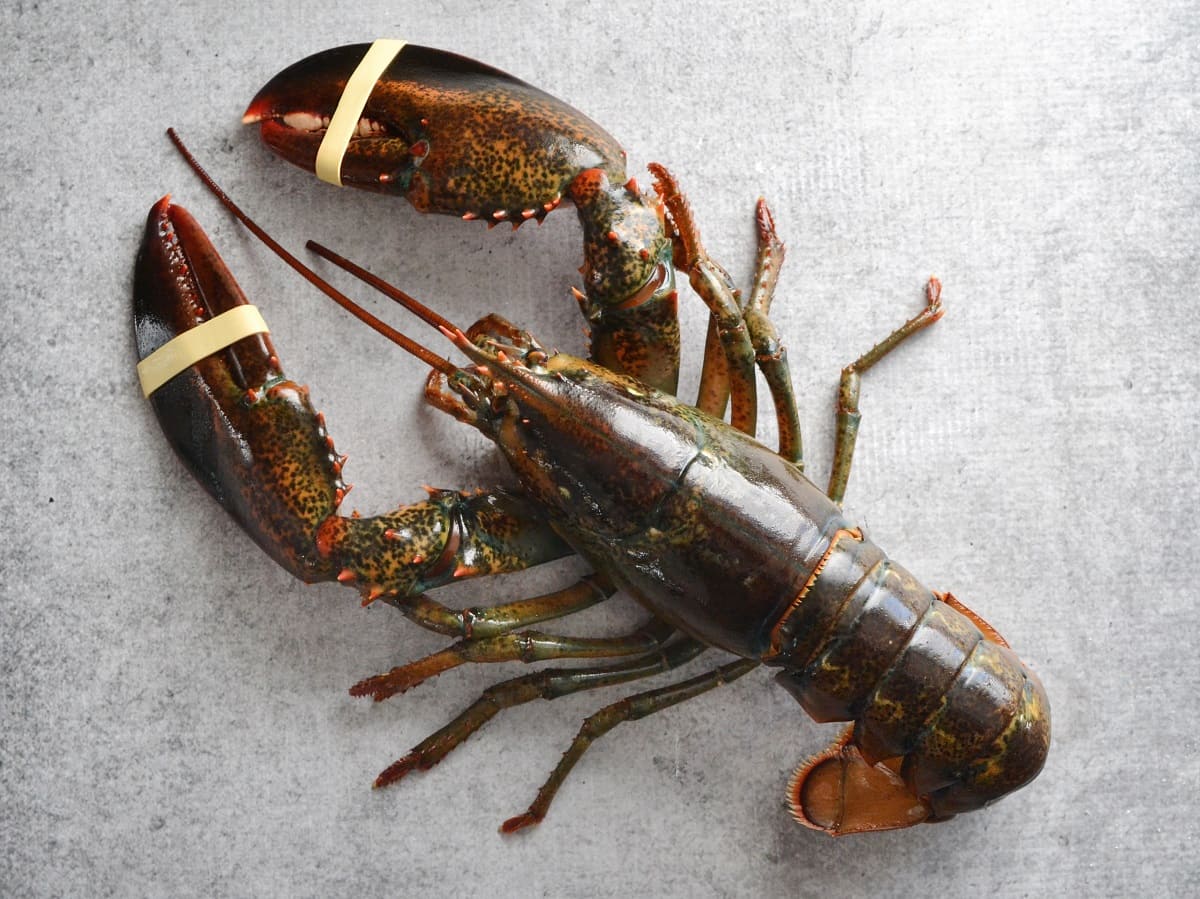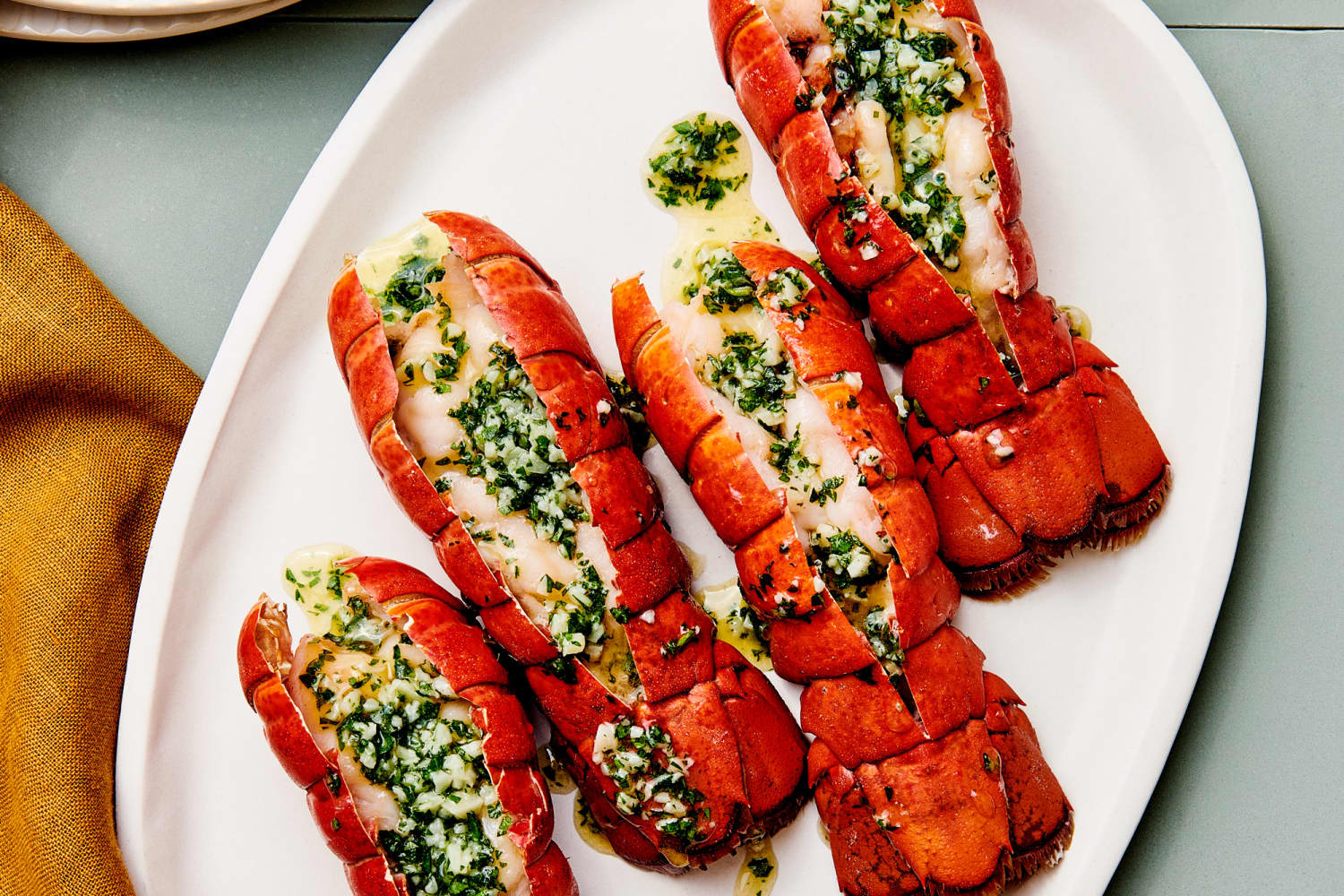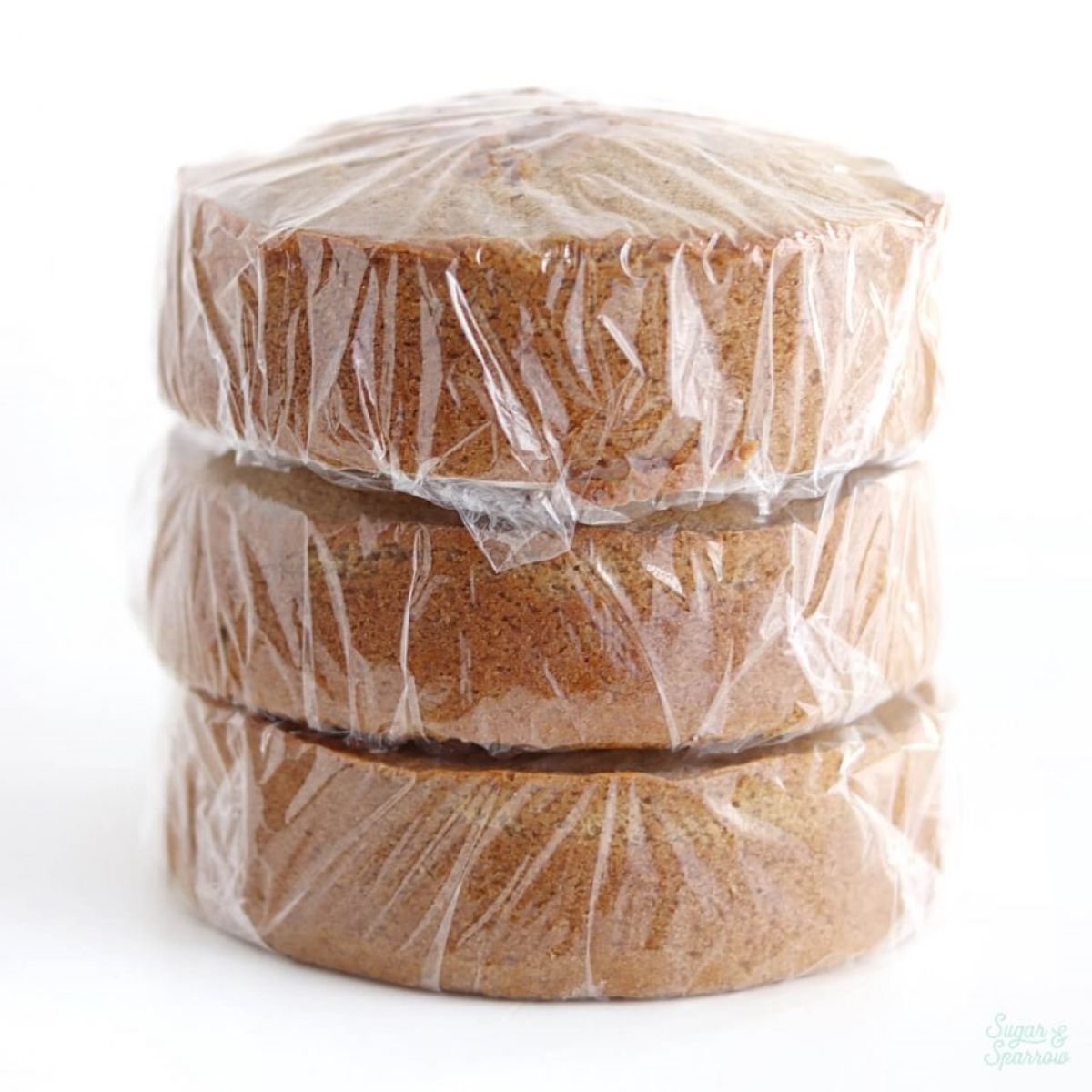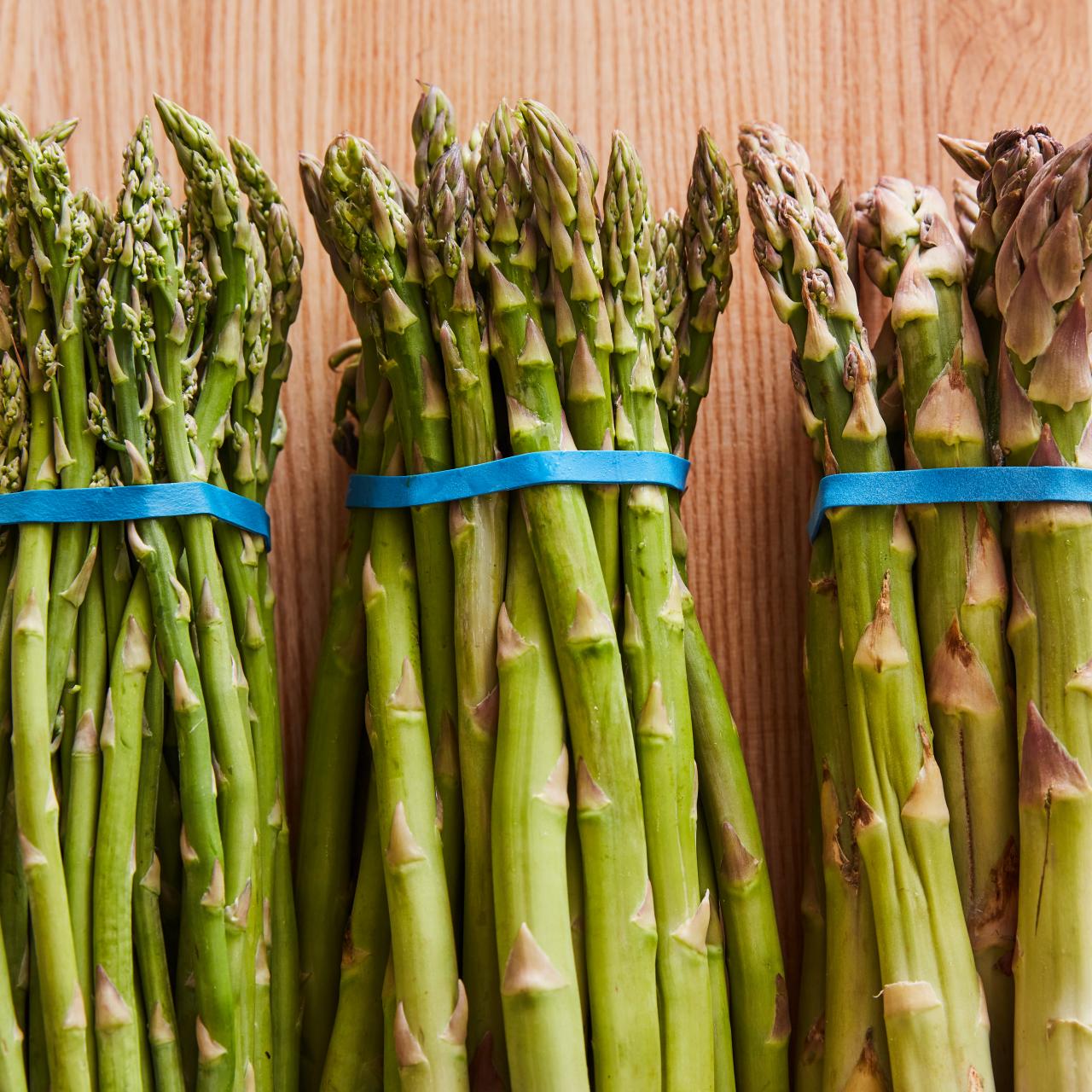

Articles
How To Store Lobsters Before Cooking
Modified: February 27, 2024
Learn how to store lobsters before cooking with our helpful articles. Proper storage ensures the freshest taste and optimal cooking results.
(Many of the links in this article redirect to a specific reviewed product. Your purchase of these products through affiliate links helps to generate commission for Storables.com, at no extra cost. Learn more)
Introduction
Welcome to the world of seafood lovers! Lobsters are undoubtedly one of the most indulgent and delicious delicacies out there. Whether you’re planning a fancy dinner party or simply treating yourself to a special meal, ensuring the freshness and quality of your lobsters is essential for a mouthwatering experience.
Proper storage of lobsters is a crucial step in preserving their taste, texture, and overall appeal. Whether you’ve purchased live lobsters or already cooked ones, knowing how to store them correctly will help maintain their freshness and prevent any potential health risks.
In this article, we’ll delve into the different methods of storing lobsters before cooking. We’ll explore refrigerator storage, freezer storage, as well as how to store live lobsters temporarily. Additionally, we’ll provide you with some handy tips and tricks to make sure your lobsters are stored safely and ready to be transformed into a culinary masterpiece.
So, let’s dive in and uncover the secrets of perfectly storing lobsters!
Key Takeaways:
- Mastering the art of lobster storage ensures the freshest, most flavorful dining experience. Proper refrigerator and freezer storage, along with live lobster care, are essential for creating unforgettable seafood feasts.
- From maintaining freshness to ensuring food safety, proper lobster storage is crucial. Whether refrigerating live lobsters or freezing cooked ones, following the right methods is key to preserving quality and flavor.
Read more: How To Store Lobster Mushrooms
Why is proper lobster storage important?
Proper lobster storage is crucial for several reasons, including maintaining freshness, preserving flavor, and ensuring food safety. Let’s explore why it’s important to store lobsters correctly:
- Freshness: Lobsters are highly perishable, and their quality starts to diminish as soon as they are caught. Proper storage helps slow down the deterioration process, allowing you to enjoy the freshest lobsters possible. Storing them in the right conditions maintains their firm texture and enhances their natural sweetness.
- Flavor: Lobsters are known for their delicate and succulent flavor. Improper storage can alter the taste and texture of the meat, making it less enjoyable to eat. By storing lobsters correctly, you ensure that their unique flavor profile remains intact until you’re ready to cook and savor them.
- Food Safety: Like any seafood, lobsters can harbor bacteria and spoil if not stored properly. This can lead to foodborne illnesses such as salmonella or Vibrio infections. Correct storage helps minimize the risk of bacterial growth and ensures that your lobster is safe to consume.
- Optimal Cooking Results: Storing lobsters correctly also contributes to achieving optimal cooking results. Fresh lobsters that have been stored properly cook evenly and yield tender, juicy meat. This enhances the overall dining experience and allows you to fully enjoy the flavors and textures of the lobster.
Whether you’re a professional chef or a home cook, taking the time to store lobsters correctly is a small but essential step in elevating your culinary creations. With proper storage, you can preserve the quality and taste of the lobsters, ensuring a truly memorable dining experience for yourself and your guests.
Refrigerator storage
Storing lobsters in the refrigerator is the most common method for keeping them fresh before cooking. Follow these steps to ensure proper refrigerator storage:
- Keep them in a cool environment: Store lobsters in the coldest part of your refrigerator, such as the back or bottom shelf, where the temperature is around 32-40°F (0-4°C).
- Use a container: Place the lobsters in a covered container or a tightly sealed plastic bag to prevent them from getting exposed to air, which can cause them to dry out.
- Don’t submerge them in water: Unlike some other seafood, lobsters should not be stored in water as they are a type of shellfish. Storing them in water can lead to suffocation and bacterial growth.
- Keep them moist: To help maintain the lobsters’ moisture, you can place a damp paper towel or cloth inside the container. This will prevent the lobsters from drying out.
- Consume within 24-48 hours: Lobsters are highly perishable, so it’s best to use them within 24-48 hours of purchase. The longer they sit in the refrigerator, the more their quality and flavor deteriorate.
It’s important to note that storing lobsters in the refrigerator is recommended for live lobsters that have not been cooked yet. If you have leftover cooked lobsters, it’s best to follow freezer storage methods to extend their shelf life.
Refrigerator storage is a convenient method that allows you to keep your lobsters fresh and ready for cooking. By following these guidelines, you can ensure that your lobsters retain their quality and are at their best when it’s time to indulge in a delicious seafood feast.
Freezer storage
If you have purchased more lobsters than you can consume within a couple of days, or if you want to store cooked lobsters for future use, freezing is your best option. Here’s how to properly store lobsters in the freezer:
- Preparation: If you are storing live lobsters, begin by blanching them in boiling water for a few minutes. This helps loosen the shells and makes it easier to remove the meat later. If you have cooked lobsters, skip this step.
- Remove the meat from the shells: After blanching, remove the meat carefully from the shells, ensuring there are no shell fragments left. Discard the shells as they can contribute to freezer burn.
- Wrap individually: Wrap each piece of lobster meat tightly in plastic wrap or place them in separate airtight containers or freezer bags. Use freezer-safe containers to prevent freezer burn and protect the quality of the meat.
- Label and date: Don’t forget to label each package with the contents and the date of freezing. This will help you keep track of freshness and enable you to use the oldest lobsters first.
- Store in the freezer: Place the wrapped or packaged lobster pieces in the coldest part of your freezer, maintaining a temperature of 0°F (-18°C) or below. This will ensure the lobsters stay frozen and fresh for an extended period.
- Consume within 2-3 months: Lobsters stored in the freezer will be safe to eat indefinitely, but for the best quality, it’s recommended to use them within 2-3 months. The longer they stay in the freezer, the more the texture and flavor may deteriorate.
When you’re ready to use the frozen lobster, simply thaw it overnight in the refrigerator before cooking. Avoid thawing at room temperature, as this can promote bacterial growth.
Freezer storage provides a great solution for preserving lobsters for future enjoyment. By following these steps, you can ensure that your lobsters remain delicious and ready to be transformed into a culinary masterpiece whenever you’re craving a taste of the sea.
Store live lobsters in the refrigerator on a bed of damp seaweed or paper towels, covered with a damp cloth. Keep them cold, but not submerged in water, until ready to cook.
Live lobster storage
If you’ve purchased live lobsters and need to store them temporarily before cooking, it’s important to create a suitable environment that mimics their natural habitat. Here’s how to effectively store live lobsters:
- Keep them cool: Live lobsters are typically shipped or sold in bags or containers with damp seaweed or paper. You can replicate their natural environment by placing them in a cool, well-ventilated area away from direct sunlight and extreme temperatures.
- Tank or container: If you have a lobster tank or a large enough container, it’s ideal for storing live lobsters. Make sure the tank or container is clean and filled with filtered seawater or saltwater mixed with non-chlorinated water. The water should be deep enough for the lobsters to navigate and move around comfortably.
- Cover with damp seaweed or cloth: To maintain humidity and provide a sense of security, cover the tank or container with damp seaweed or a damp cloth. This helps prevent the lobsters from drying out and creates a more natural environment for them.
- Feed them: It’s important to note that lobsters can survive several days without food. However, if you plan to store them for an extended period, you can feed them small amounts of fresh fish or seafood scraps to keep them nourished.
- Use within 1-2 days: Live lobsters should be cooked and consumed within 1-2 days of purchase. The longer they are kept in temporary storage, the more their quality and health may deteriorate.
It’s crucial to treat live lobsters with care and provide them with the best possible environment until you’re ready to cook them. By creating a suitable storage setup that maintains their well-being and ensures a healthy and lively state, you can guarantee a delectable seafood experience.
Read more: How To Store Fresh Lobster
Tips for storing lobsters
When it comes to storing lobsters, there are a few additional tips and tricks that can help ensure the best possible storage conditions. Keep these tips in mind to enhance the freshness and quality of your lobsters:
- Buy from reputable sources: Purchase lobsters from trusted seafood markets or suppliers with a reputation for freshness and quality. This ensures that you’re starting with the best possible product.
- Handle with care: Treat lobsters gently and avoid dropping or rough handling, as this can stress them out and impact their overall quality.
- Avoid overcrowding: It’s important not to overcrowd lobsters when storing them in a tank or container. Provide ample space for them to move around comfortably.
- Don’t store dead lobsters: Only store live lobsters before cooking. Dead lobsters should be disposed of immediately, as they can quickly spoil and pose a health risk.
- Check for freshness: Before cooking, always check the freshness of live lobsters. Fresh lobsters should be lively, with intact shells and moving limbs. Avoid storing lobsters that appear weak or are showing signs of deterioration.
- Avoid direct contact with ice: If you’re using ice to keep the lobsters cool during storage, make sure the lobsters are not directly in contact with the ice. Instead, place the lobsters on a rack or use a tray to prevent them from getting waterlogged.
- Cook as soon as possible: For the best flavor and texture, it’s recommended to cook lobsters as soon as possible after purchase or storage. The longer they sit, the more their quality may deteriorate.
- Share the feast: Lobsters are best enjoyed in the company of family and friends. Consider hosting a lobster boil or seafood feast to share the deliciousness and create unforgettable memories.
By following these tips, you can enhance the storage process and ensure that your lobsters remain fresh, flavorful, and ready to be transformed into a delightful seafood feast. So, go ahead and store your lobsters with confidence, knowing that you will be treating your taste buds to a culinary delight!
Conclusion
Proper storage of lobsters is essential to maintain their freshness, flavor, and quality. Whether you’re storing live lobsters or cooked ones, following the right methods will ensure that your lobsters are safe to eat and ready to be transformed into a delectable seafood dish.
Refrigerator storage is ideal for keeping live lobsters fresh before cooking. Remember to store them in a cool environment, use a container to prevent drying out, and consume them within 24-48 hours for the best results.
Freezer storage is perfect for storing extra lobsters or cooked ones for future enjoyment. Wrap them tightly, label and date them, and store them in the coldest part of the freezer. Use the lobsters within 2-3 months to preserve their texture and flavor.
For temporary storage of live lobsters, create a suitable environment that mimics their natural habitat. Keep them in a cool and well-ventilated area, use a tank or container, and cover with damp seaweed or cloth to maintain humidity.
Remember to handle lobsters with care, buy from reputable sources, and check for freshness before storing or cooking them. Avoid overcrowding and provide ample space for the lobsters to move around.
In conclusion, mastering the art of lobster storage ensures that you can enjoy the freshest and most flavorful lobsters whenever you’re craving a seafood feast. By implementing these storage techniques and following the best practices, you can elevate your culinary skills and create unforgettable dining experiences for yourself and your loved ones.
So, go ahead and store your lobsters with confidence, knowing that you have the knowledge and expertise to keep them at their best until it’s time to indulge in the succulent delight of these magnificent sea creatures.
Frequently Asked Questions about How To Store Lobsters Before Cooking
Was this page helpful?
At Storables.com, we guarantee accurate and reliable information. Our content, validated by Expert Board Contributors, is crafted following stringent Editorial Policies. We're committed to providing you with well-researched, expert-backed insights for all your informational needs.















0 thoughts on “How To Store Lobsters Before Cooking”